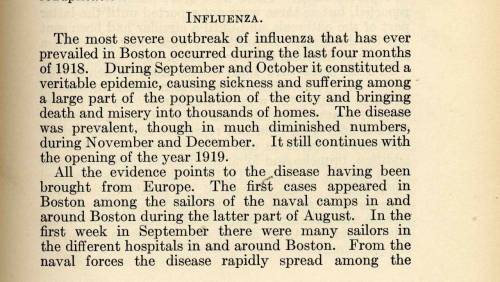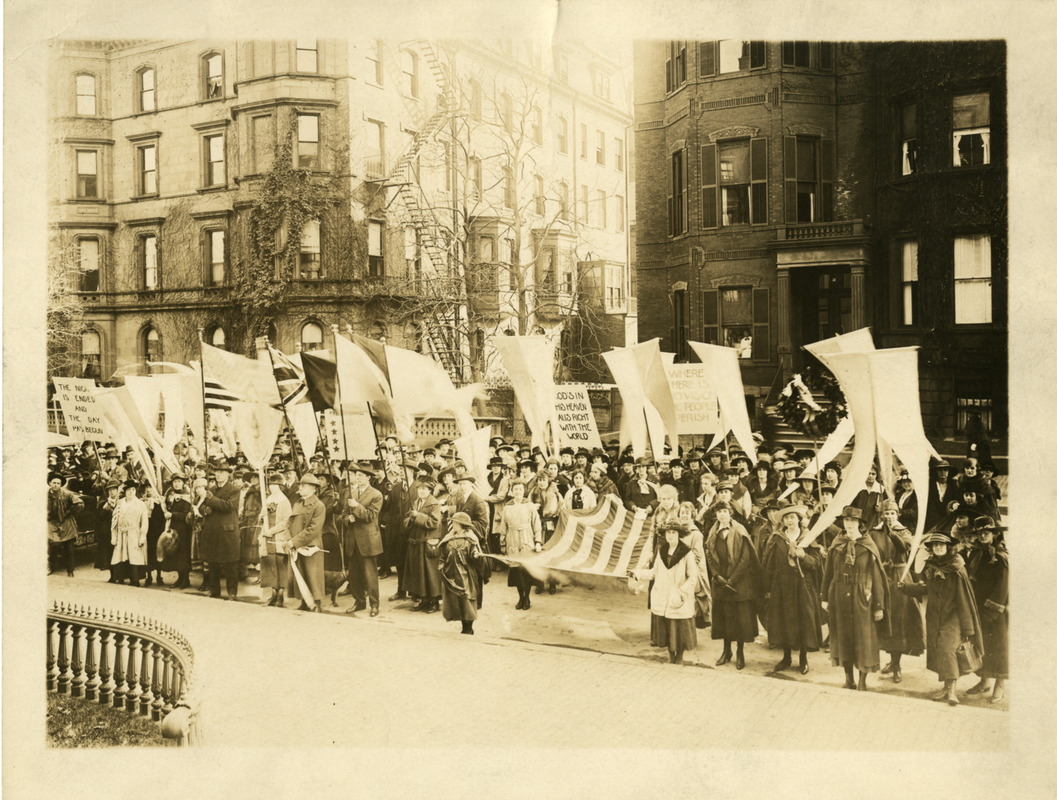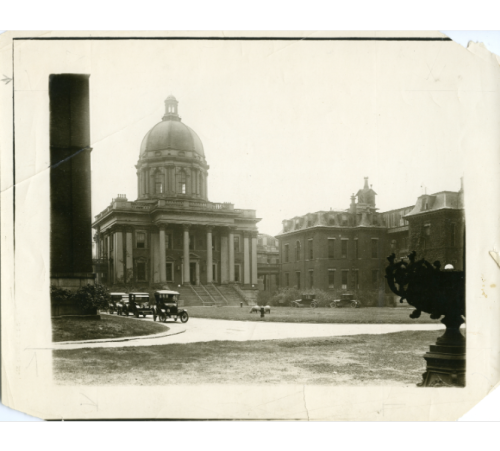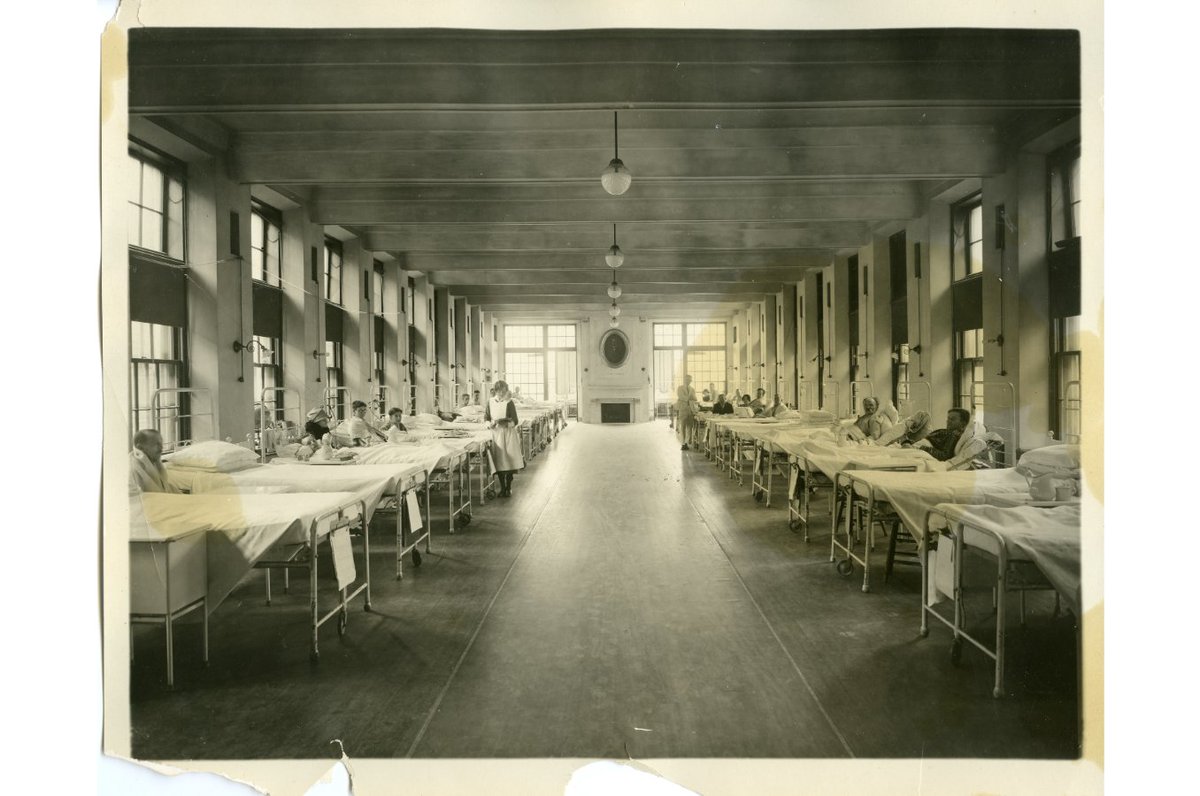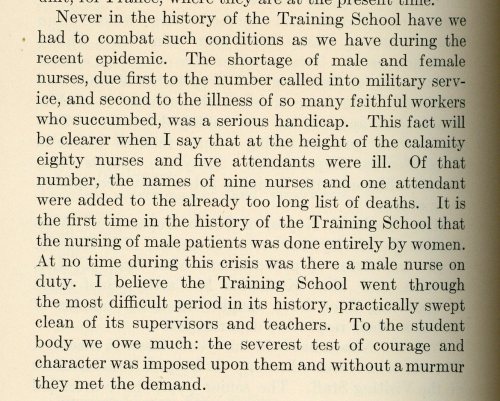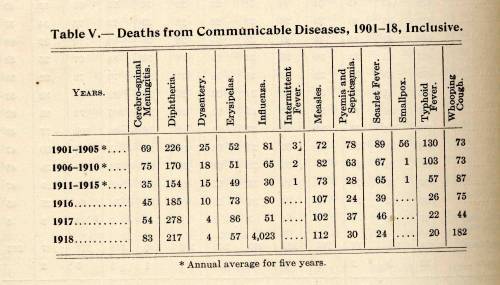#onthisday, in 1918, two sailors housed at Boston’s Commonwealth Pier reported to the sickbay with the flu. These two men were the first Americans stricken with the Spanish Influenza. @universalhub @HUBhistory
By the end of the week, 100 new cases a day were being reported among the sailors at the pier. By the beginning of September, the flu had spread to Boston’s civilian population. This excerpt from Boston’s Health Department& #39;s report describes the beginning of the flu outbreak.
The disease spread throughout the United States rapidly. During the fall of 1918 and spring of 1919, more than 675,000 Americans died from the Spanish Influenza.
In Boston, officials closed schools and tried to limit crowded gatherings to combat the spread of the disease. Their efforts met with some success, but when World War I ended, crowds like this one in Back Bay gathered to celebrate the armistice. https://www.digitalcommonwealth.org/search/commonwealth:7366b9285">https://www.digitalcommonwealth.org/search/co...
Boston’s Health Dept reported that cases of flu increased immediately after the armistice celebrations. A similar increase in flu cases and deaths occurred after Bostonians gathered to celebrate Christmas. The Health Dept documented this increase in their report.
The hospital’s trustees documented in their annual report that they treated 2,300 patients afflicted with influenza. 675 of those patients died from the disease
The epidemic resulted in an influx of patients and a staff shortage at City Hospital. The hospital already faced a staff shortage because many of its doctors and nurses were serving in Europe. Student nurses at the hospital’s Training School stepped in to fill the gap.
This report from the hospital’s Training School for Nurses reported that “…the Training School went through the most difficult period in its history, practically swept clean of its supervisors and teachers. To the student body we owe much….”
Bostonians throughout the city followed suit. The @BostonSchools Superintendent wrote that when the city shut down its schools, many teachers voluntarily helped their ill neighbors, even though they were not medically trained.
By the end of 1918, over 4,000 Bostonians died from the flu, compared to 51 deaths the year prior. This Health Dept report compares the 1918 deaths to influenza deaths from previous years.
The 1918 Flu Epidemic spurred research that helped the medical community understand how diseases spread and how to better prepare for and treat the influenza virus. You can read more about the 1918 Influenza Epidemic at the @CDCgov website: https://www.cdc.gov/flu/pandemic-resources/1918-commemoration/1918-pandemic-history.htm">https://www.cdc.gov/flu/pande...

 Read on Twitter
Read on Twitter
